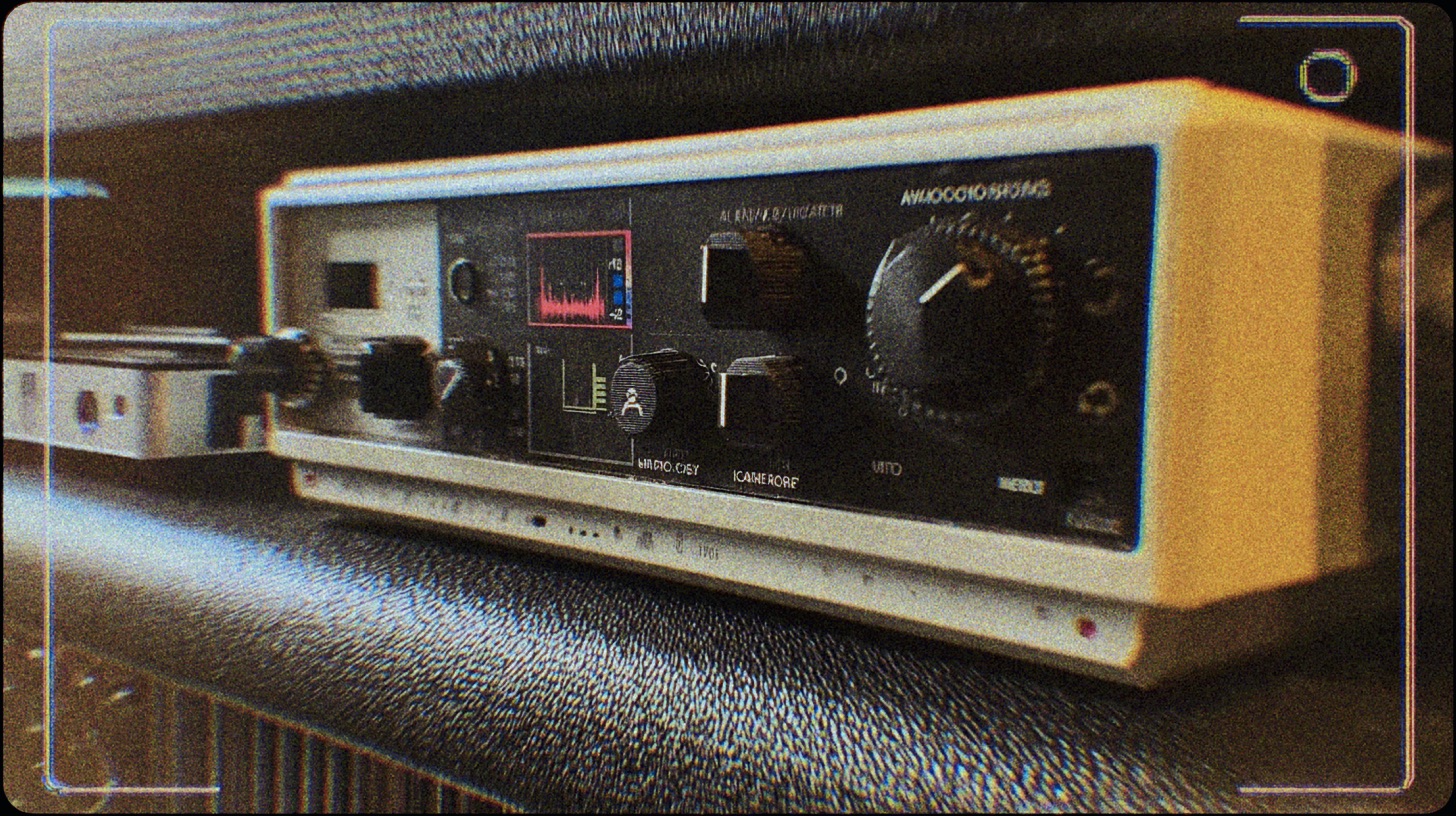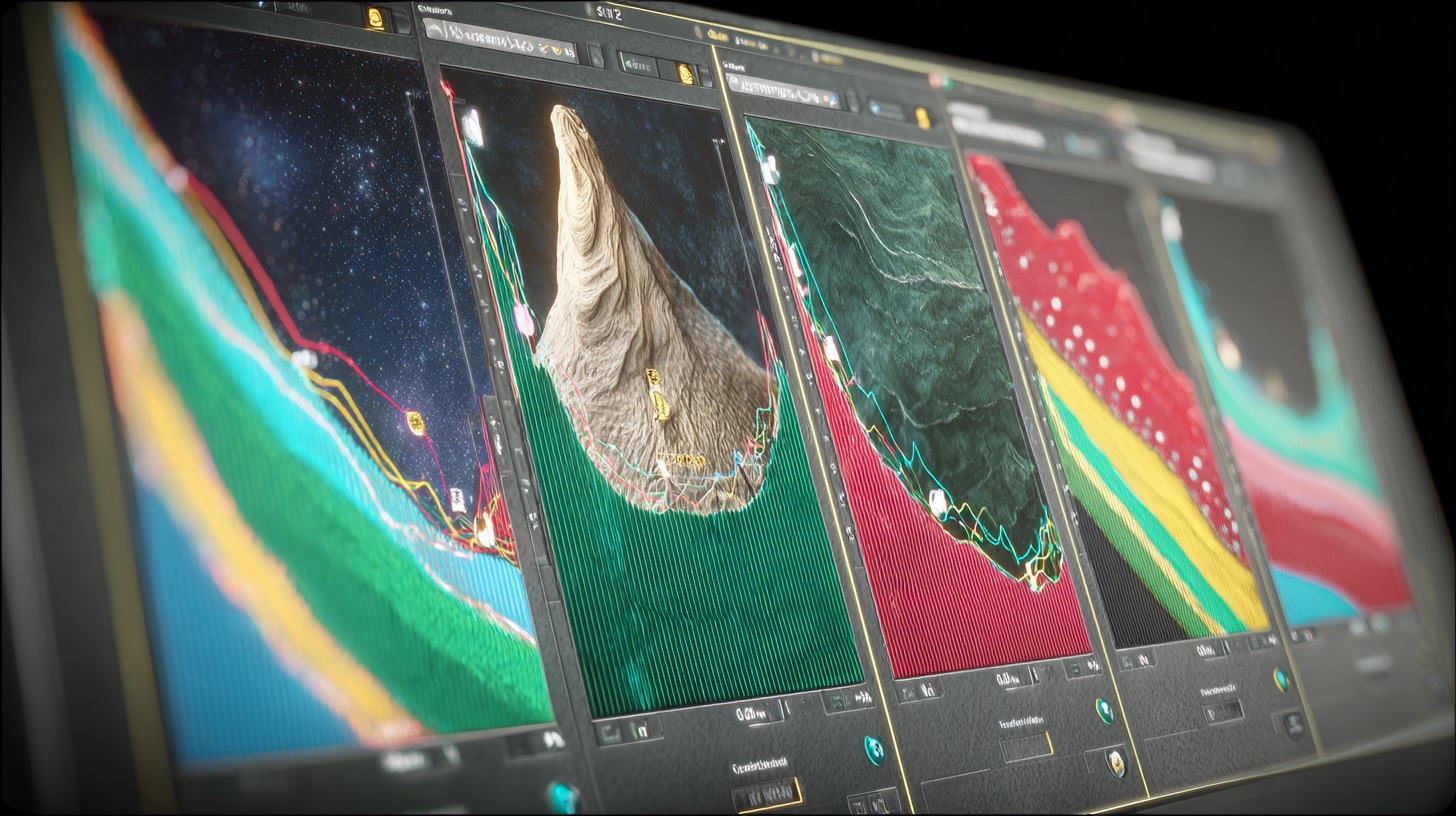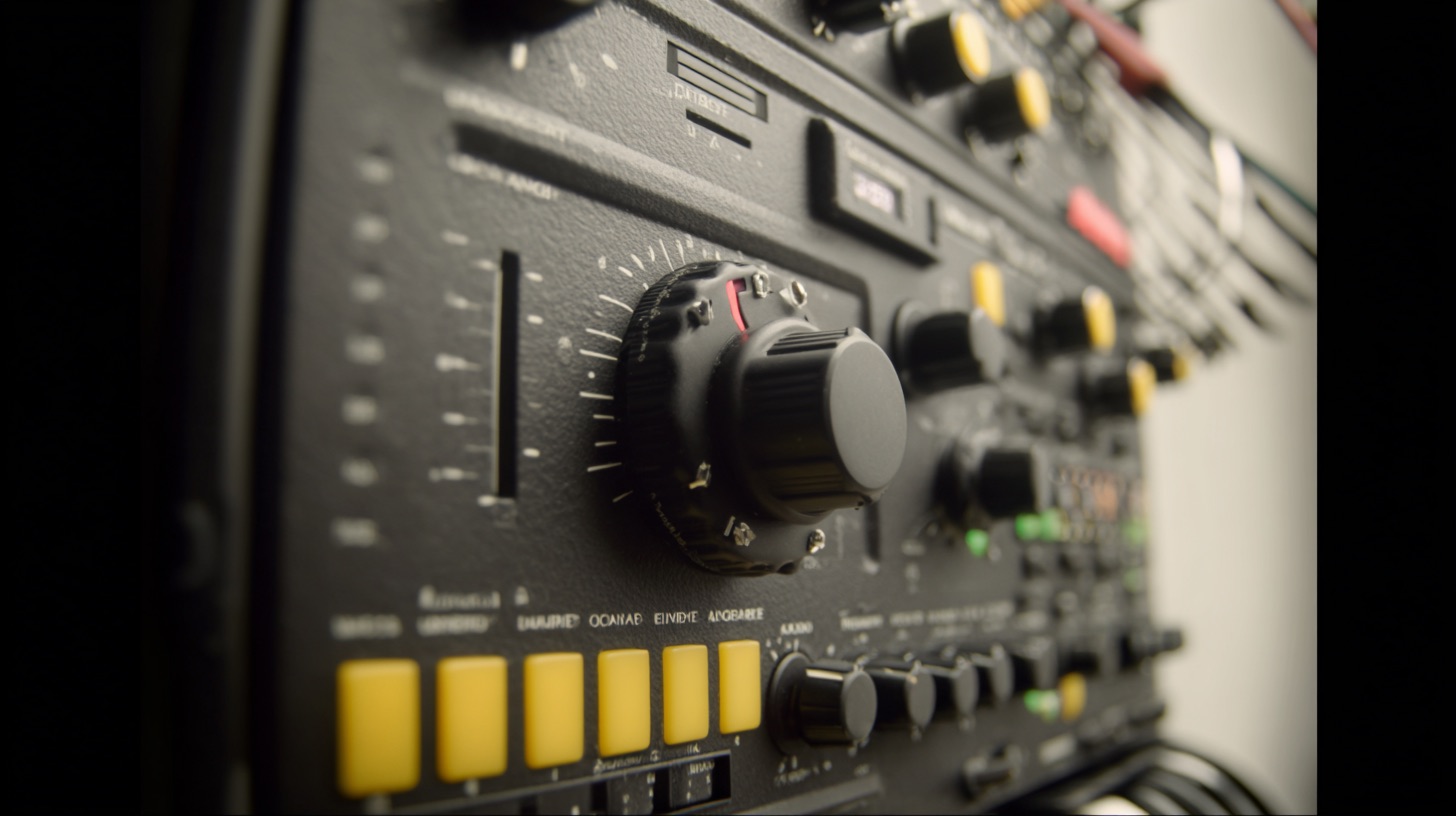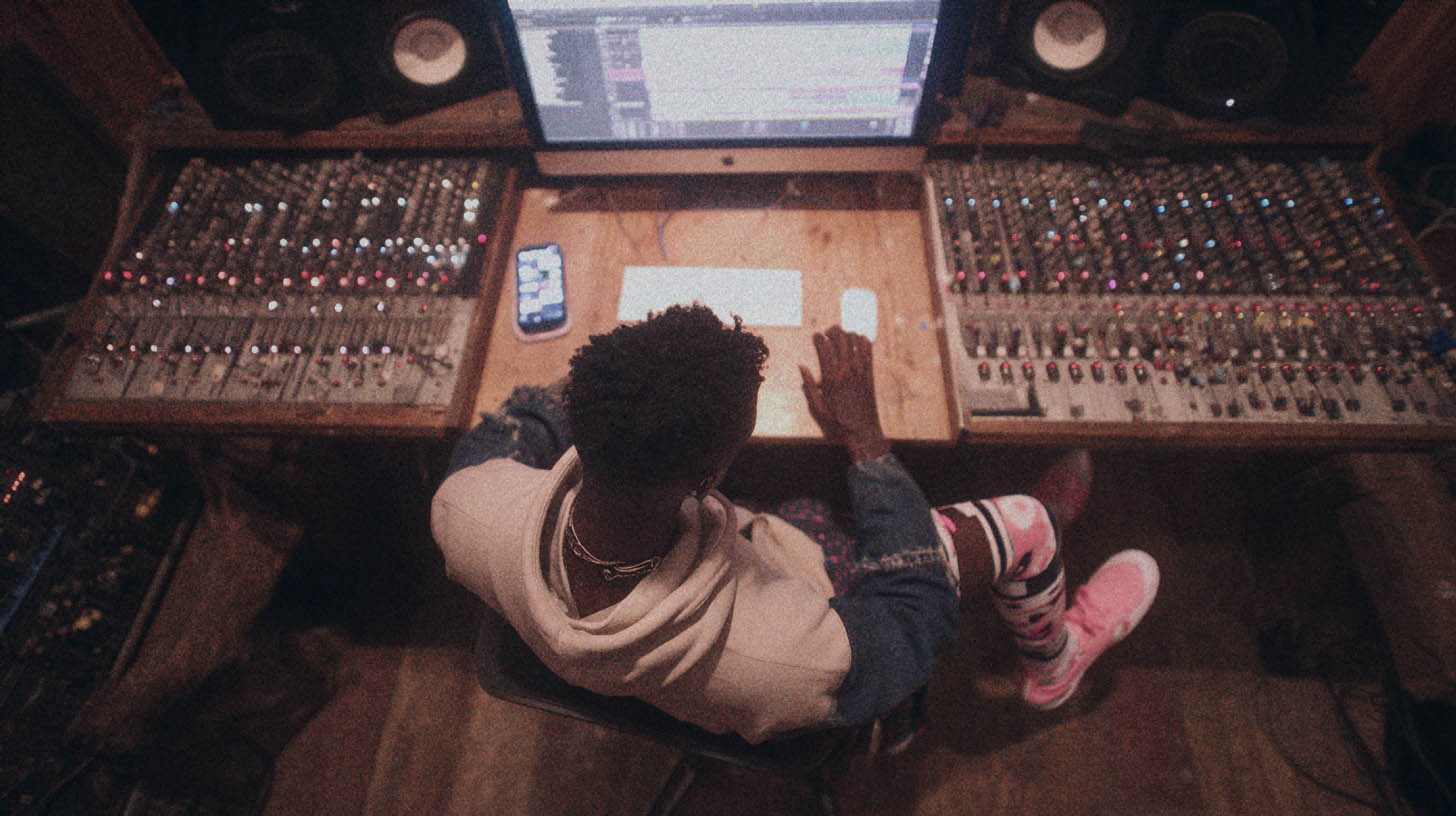
The Contortionist’s Dynamic Vocal Arrangement and Mixing Techniques
Nail The Mix Staff
The vocal work in The Contortionist is a masterclass in texture, emotion, and complexity. It’s more than just a great performance from Mike Lessard; it’s a web of intricate harmonies, subtle layers, and smart production choices that elevate their sound. If you’ve ever loaded up one of their tracks in your DAW and been blown away by the depth of the vocals, you’re not alone.
We got an inside look with the band and legendary producer Jamie King as they broke down their unique approach to vocal arrangement and production. It’s a process that goes way beyond just stacking thirds and fifths. It’s about creating movement, building dynamics with layers, and most importantly, serving the story of the song.
Beyond Standard Harmonies: Creating Orchestrated Movement
One of the first things that stands out about The Contortionist’s vocals is that the harmonies don’t always do what you expect. Jamie King pointed out that Mike Lessard often avoids sticking to absolute, predictable intervals. Instead of just laying a straight third or fifth over a lead vocal, the harmony lines are treated more like their own riffs.
A harmony might start on an octave, drop to a fifth, then resolve to a third, all within a single phrase. This creates a ton of unique and interesting movement that you just don’t get with static harmony. It’s less about following strict music theory and more about a loose, experimental approach—finding those “special moments” that happen when you just vibe and try things out. This orchestrated style keeps the listener engaged and adds a layer of sophistication to the entire track.
Using Vocal Layers as a Production Tool
In modern metal production, vocal layers are a given. But for The Contortionist and Jamie King, they’re not just for making things sound bigger. They’re a crucial tool for manipulating dynamics, texture, and flow throughout the song.
Creating “Pseudo Dynamics” with Texture
Jamie King shed light on a killer concept he calls “pseudo dynamics.” This is the art of creating the feeling of a dynamic shift without necessarily touching a volume fader. It’s all done by adding and subtracting layers.
Imagine a section that builds by starting with:
- A single lead vocal.
- Adding a unison double for thickness.
- Introducing an octave to add height and space.
- Finally, blossoming into a full multi-part harmony.
Each addition changes the texture and perceived energy of the part. You can create massive dynamic shifts, from intimate and small to epic and wide, just by manipulating your stack of vocal tracks. It’s a powerful mixing technique because you’re working with texture, not just volume. Balancing these different textures often requires careful attention to your signal chain, using precise vocal EQ strategies to ensure each layer has its own space without creating a muddy mess.
Building Intensity and Counteracting the Instrumental
Sometimes, a vocal melody needs to be straightforward to serve the song. In the track they analyzed, the band found themselves with a driving, almost dance-like drum beat. To counteract that feel and keep it from sounding like a dance song, the vocal melody was kept relatively simple.
So, how do you build energy in a section like that? Layers. For the first pass of the verse, the vocals are fairly simple. But on the second loop, they add another harmony layer. This subtle addition is enough to raise the intensity and signal to the listener that the song is progressing, all while preserving the core melodic idea.
Crafting Smooth Transitions
Abrupt changes can jolt a listener out of the experience. The band showcases a brilliant solution for transitioning out of a heavily-effected section. The chorus of the song is drenched in vocoder, pitch-shifting, and other effects. To get from that into a drier verse without a hard stop, they use a clever trick.
The very last line of the chorus features the main organic vocal singing in unison with the vocoder. You might think, “Why double a part with an effect in unison?” But the purpose is brilliant: the organic tone of the main vocal acts as a bridge, “stepping out” of the heavy processing and smoothly guiding the listener’s ear into the upcoming verse. It’s a transitional tool that makes the section change feel completely natural.
The Storytelling Power of Vocal Arrangement
This might be the most important lesson of all: every production choice should serve the song’s emotional core.
The band revealed that one of the most honest and personal lines on the album is delivered with a single, raw, unprocessed vocal track. After a section fizzles out with layers and harmonies, the music cuts back to this one lone voice. Why? Because a raw, personal message demands a raw, personal delivery.
As Mike put it, adding a harmony would feel “contrived” and too much like “storytelling.” For a line that’s a direct, precise message, it has to be delivered directly. It’s like trying to have a serious, personal conversation with someone—you wouldn’t do it through a vocoder. The arrangement choice—or lack thereof—is what gives the lyric its power. Bringing that single vocal forward requires a delicate touch, often using subtle compression techniques to give it presence and intimacy without crushing its natural emotion.
Bringing It All Together
The takeaway here is that incredible vocal production is about more than just a great singer and cool plugins. It involves:
- Creative Harmony: Thinking beyond simple intervals to create orchestrated movement.
- Textural Layering: Using layers not just for size, but to create “pseudo dynamics” and smooth transitions.
- Emotional Intent: Making every arrangement choice, from a full stack to a single voice, in service of the lyric and the story.
These are the kinds of deep-dive production concepts that separate good mixes from great ones. Watching pros like Jamie King make these decisions in real-time, explaining why they’re adding a layer here or pulling one back there, is invaluable.
The Contortionist on Nail The Mix
Jamie King mixes "Return To Earth"
Get the Session
At Nail The Mix, you get to be a fly on the wall for exactly that. Every month, you get the real multi-tracks from a massive song and watch the original producer mix it from scratch, explaining every decision along the way. If you’re ready to move beyond the basics and understand the why behind pro-level vocal production, our in-depth courses show you how to do it. To go deeper, learn how you can unlock your sound mixing modern metal beyond presets and start making these kinds of creative, impactful decisions in your own music.







